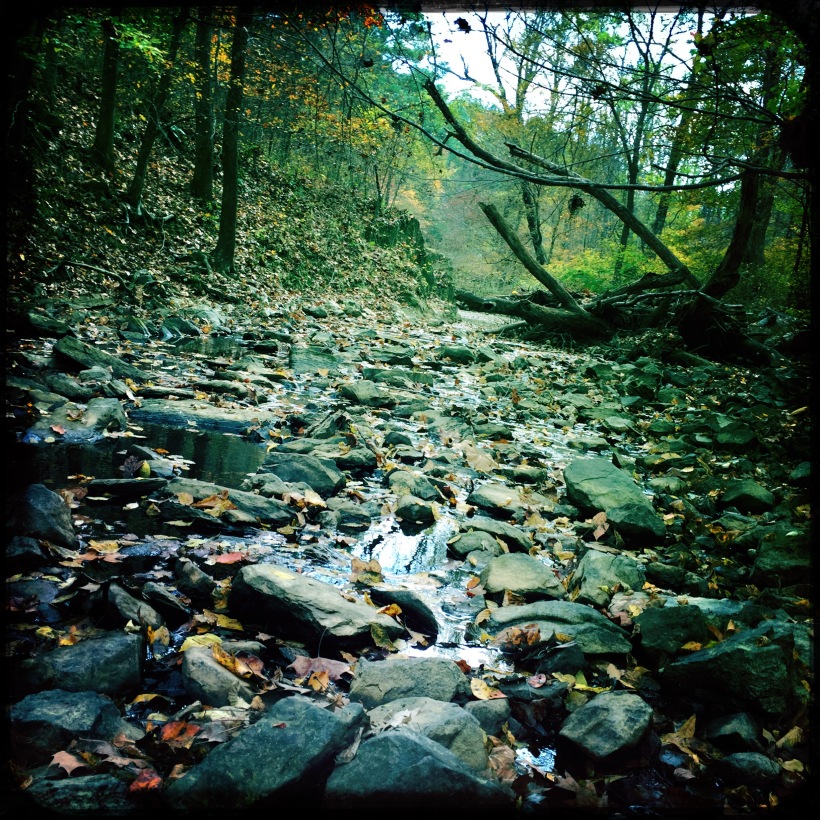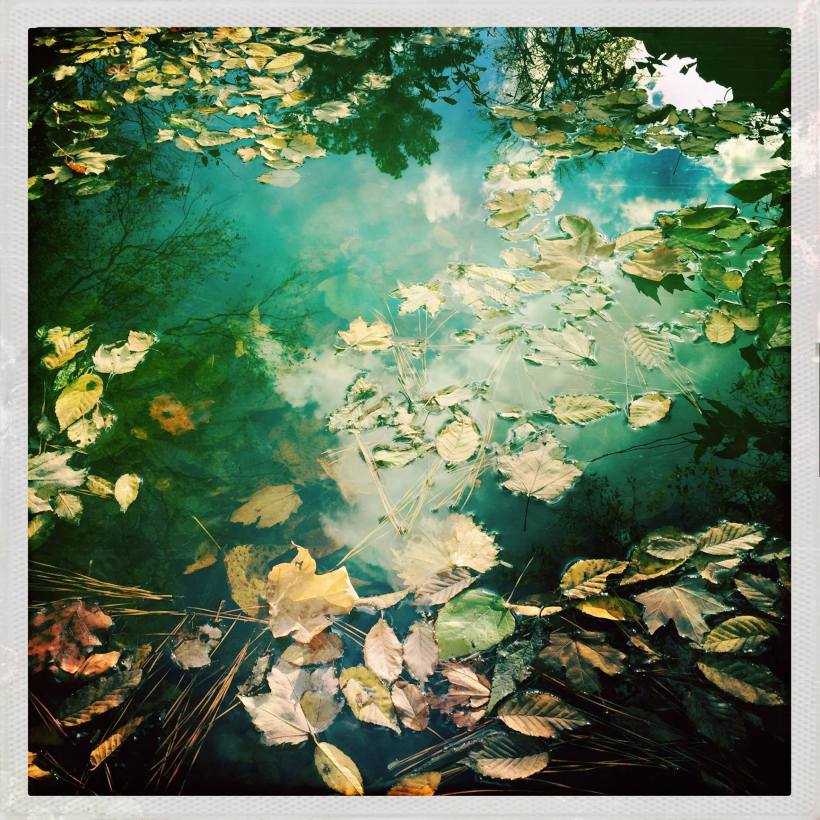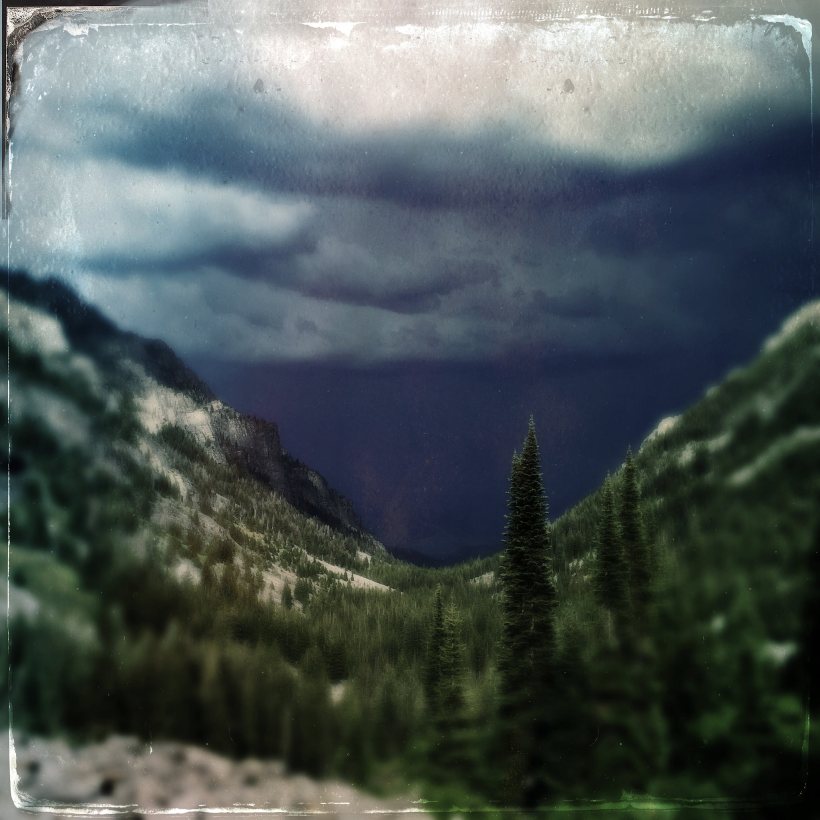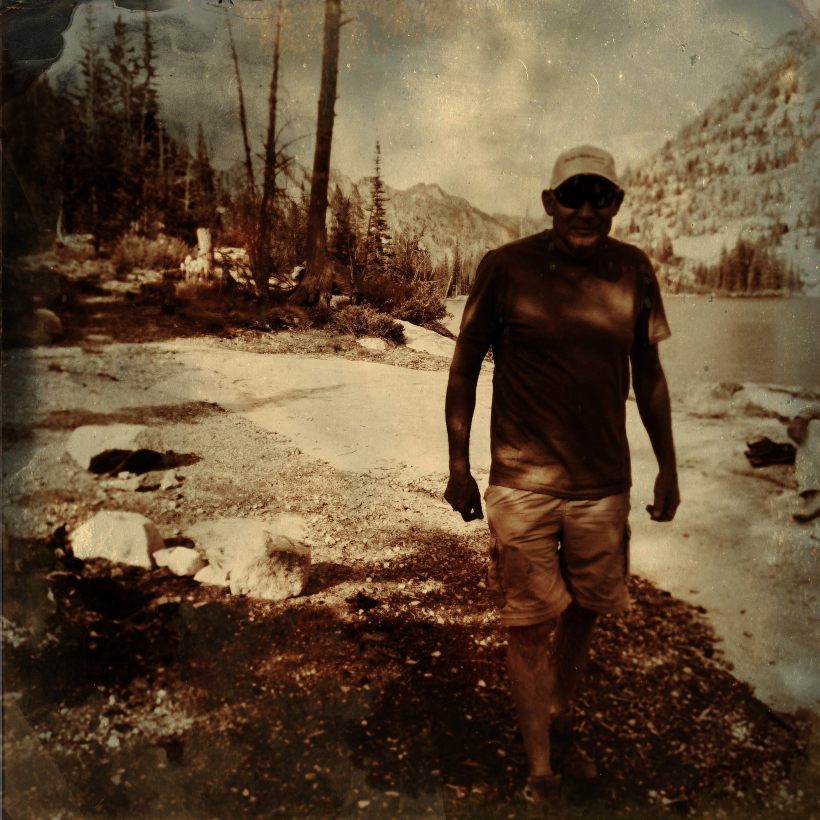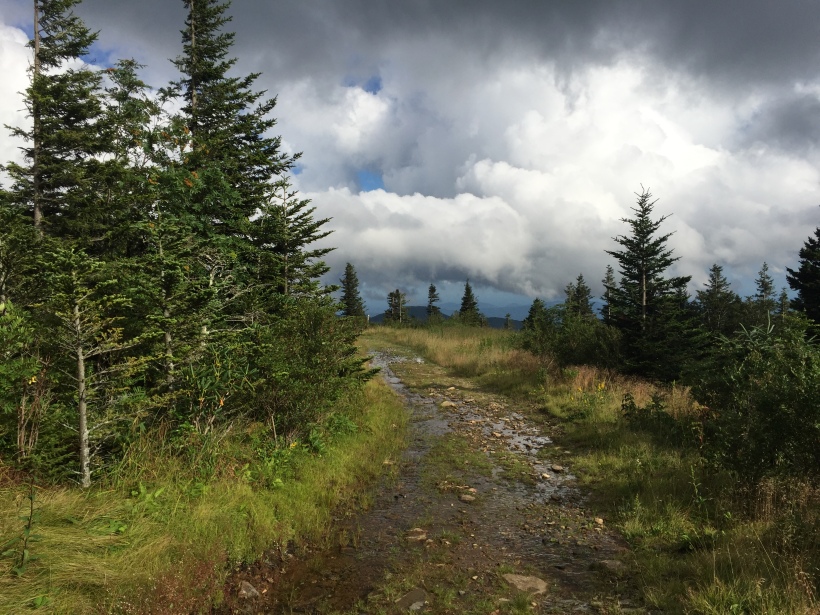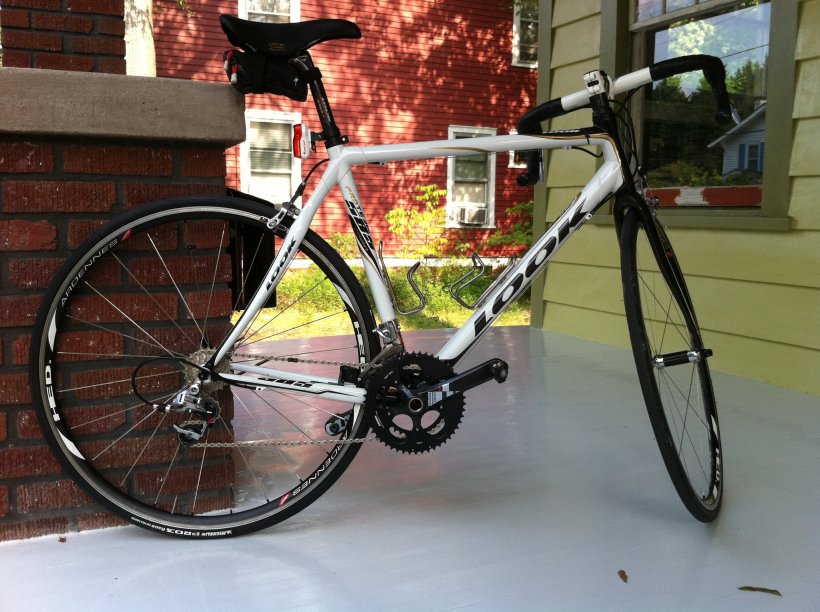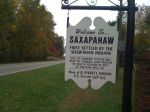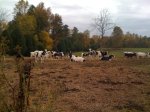This past week I had a chance to combine two of my favorite pastimes—cycling and photography—in a four-day trip to the mountains of Boone, NC. I’ve lived in central North Carolina since 1993 and have enjoyed my share of trips to the beach and Outer Banks, but had been pretty much ignoring the western part of the state. Shortly after arriving and discovering landscapes like the one below, I wondered what I’d been thinking all this time.

In his mesmerizing journals, retired pro cyclist Bob Roll describes how in the late ’90’s Lance Armstrong invited him to Boone for a 10 day training camp building up to Lance’s first Tour de France after his recovery from cancer. Armstrong had discovered this area during the Tour DuPont, which he won in 1995 and 96. For Lance the mountain roads of Watauga county were ideal preparation for the Tour. For me, as a cyclist, they were a chance to dispel my fears about biking uphill. The Raleigh/ Durham/ Chapel Hill area has plenty of rolling terrain, but not many climbs over a mile or so long. In the mountains a climb can easily stretch for 5+ miles. If I could ride in Boone, it would give me a big confidence boost and inspire me to take my riding to the next level.
On my first day I decided to try a 45 mile loop featuring some classic stretches of roads covered by the Tour DuPont. I could go 45 miles back home without much trouble,  but this route had 5,000 feet of climbing—nearly twice as much as I had ever done even on my longest rides back home—so I was worried that 45 might be too much. I started from Linville, which meant a few relatively low-key miles before Newland and the first test of the day, a 4-mile, 1,100 ft ascent up a road called Hickory Nut Gap between Newland and Banner Elk. As I started twisting and turning up the mountainside, though, my trepidation began to disappear as I realized I was putting some distance behind me, feeling pretty strong, and actually enjoying the climb. I liked it even more after I crested the peak and began a breathtaking 3-mile descent down the back stretch of Hickory Nut Gap.
but this route had 5,000 feet of climbing—nearly twice as much as I had ever done even on my longest rides back home—so I was worried that 45 might be too much. I started from Linville, which meant a few relatively low-key miles before Newland and the first test of the day, a 4-mile, 1,100 ft ascent up a road called Hickory Nut Gap between Newland and Banner Elk. As I started twisting and turning up the mountainside, though, my trepidation began to disappear as I realized I was putting some distance behind me, feeling pretty strong, and actually enjoying the climb. I liked it even more after I crested the peak and began a breathtaking 3-mile descent down the back stretch of Hickory Nut Gap.
 But when I made the turn into Banner Elk, my elation was dampened by the huge specter of Beech Mountain looming above. I hadn’t planned to try it on this ride because it would add more miles and intense climbing to an already ambitious route. Should I go for it and risk not having anything left for the rest of the day? I spent a minute or two doing some mental calculus that ended with my turning off course and heading up the Beech Mountain Parkway.
But when I made the turn into Banner Elk, my elation was dampened by the huge specter of Beech Mountain looming above. I hadn’t planned to try it on this ride because it would add more miles and intense climbing to an already ambitious route. Should I go for it and risk not having anything left for the rest of the day? I spent a minute or two doing some mental calculus that ended with my turning off course and heading up the Beech Mountain Parkway.
According to blueridgecycling.org Beech Mountain’s main section is 3.5 miles long with an average grade of 9.5%, good enough for it to earn it a Category 1 rating in the Tour DuPont. How steep is a 9.5% grade? Well, all I can say is that on parts of the climb I had a hard time keeping my front wheel from lifting off the ground and doing little inadvertent wheelies. I chugged away at a slow, steady pace, but by the time I got a third of the way up or so, I realized I was gonna have to resort to my third chain ring (yes, it’s called a “granny gear”), something I had been hoping to avoid, or at least postpone as long as humanly possible. The third chain ring meant I would be spinning my legs faster but going slower—a trade-off I was ready to make, though, if it meant reaching the top without stopping. About a half mile from the summit I passed a sign that said “Go Lance” painted on the road. I didn’t feel much like Lance, chugging away in my granny gear, but a few switchbacks later after I crested the summit and rode into eastern America’s highest town, I felt pretty happy to have made it. It was strangely quiet there—I guess by late November the tourists looking to enjoy the fall mountain colors have already left, and the winter ski crowds have yet to arrive. I soaked in the views a little bit before heading back down the mountain. It took me all of about 6 minutes to make it to the bottom the same way I had come up! I don’t think I’d ever gone that fast on a bike before.
The next part of my route took me toward Valle Crucis along the Highway 194, aptly named the Balm Highway, where I took the photo at the top along with the one at left of what looks like an abandoned store.  I was glad to be headed northeast and not in the opposite direction, because it was quite a descent into Valle Crucis. From Valle Crucis there was supposed to be a short jaunt on Highway 105 tying into Shulls Mill, a well-known scenic road heading up to Highway 221 and the Blue Ridge Parkway. I can sometimes be pretty bone-headed with basic directions, especially when I am tired (I once became disoriented after doing a few somersaults in a pool and tried to swim down in order to reach the surface). I was true to form here, turning left instead of right on Highway 105, one of the busiest roads in the area, and going all the way into Boone, up a 3 mile climb and adding 10 unanticipated miles to my route after backtracking. Where is Shulls Mill? I kept asking myself as trucks belching black soot passed me. Surely it has to be the next one? Maybe it’s time to invest in a bike GPS, or at least a cycle computer that will show me how far I’ve gone when my own navigational faculties let me down. Once I finally found Shulls Mill, I was rewarded with a beautiful but unrelenting 4.5 mile climb, twisting and turning along the Watauga River up toward Blowing Rock. When I thought I was near the top I passed two kids about 12 or so in orange vests picking up litter along the road. I was impressed with their civic-mindedness—they were unsupervised and apparently doing this of their own volition! As I passed I asked them how close I was to the Parkway. “Oh, about a mile,” one said after pondering a moment. “No…about a mile and a half.” Dang.
I was glad to be headed northeast and not in the opposite direction, because it was quite a descent into Valle Crucis. From Valle Crucis there was supposed to be a short jaunt on Highway 105 tying into Shulls Mill, a well-known scenic road heading up to Highway 221 and the Blue Ridge Parkway. I can sometimes be pretty bone-headed with basic directions, especially when I am tired (I once became disoriented after doing a few somersaults in a pool and tried to swim down in order to reach the surface). I was true to form here, turning left instead of right on Highway 105, one of the busiest roads in the area, and going all the way into Boone, up a 3 mile climb and adding 10 unanticipated miles to my route after backtracking. Where is Shulls Mill? I kept asking myself as trucks belching black soot passed me. Surely it has to be the next one? Maybe it’s time to invest in a bike GPS, or at least a cycle computer that will show me how far I’ve gone when my own navigational faculties let me down. Once I finally found Shulls Mill, I was rewarded with a beautiful but unrelenting 4.5 mile climb, twisting and turning along the Watauga River up toward Blowing Rock. When I thought I was near the top I passed two kids about 12 or so in orange vests picking up litter along the road. I was impressed with their civic-mindedness—they were unsupervised and apparently doing this of their own volition! As I passed I asked them how close I was to the Parkway. “Oh, about a mile,” one said after pondering a moment. “No…about a mile and a half.” Dang.
 For those of you who aren’t familiar with the Blue Ridge Parkway, it’s a 469 mile-long stretch of road travelling through Virginia and North Carolina, impeccably maintained by the National Park Service. It was begun by Roosevelt as a public works project and was originally called the “Appalachian Scenic Highway.” The Parkway is virtually uninterrupted, nice and wide, and the speed limit is 35, all of which make it ideal for cycling. When I finally reached it, what struck me most was the feeling of the landscape opening up. The Parkway is high enough that it gets you above the dense forests on the sides of the mountains, revealing the amazing Blue Ridge vistas you hear about and see in postcards. Having earned the right to take in those views through the long ascent up Shulls Mill made them even more rewarding when I saw them for the first time in person.
For those of you who aren’t familiar with the Blue Ridge Parkway, it’s a 469 mile-long stretch of road travelling through Virginia and North Carolina, impeccably maintained by the National Park Service. It was begun by Roosevelt as a public works project and was originally called the “Appalachian Scenic Highway.” The Parkway is virtually uninterrupted, nice and wide, and the speed limit is 35, all of which make it ideal for cycling. When I finally reached it, what struck me most was the feeling of the landscape opening up. The Parkway is high enough that it gets you above the dense forests on the sides of the mountains, revealing the amazing Blue Ridge vistas you hear about and see in postcards. Having earned the right to take in those views through the long ascent up Shulls Mill made them even more rewarding when I saw them for the first time in person.
What I hadn’t done the day before when I mapped out my route was note that after a few flat miles near Julian Price Lake, the Parkway climbs Grandfather Mountain, a 5,946-foot monstrosity visible from half of Watauga County and looming above almost the entire stretch of the Parkway on which I was travelling. The main part of this climb is about 1,700 feet over 4.5 miles, and it was really exacting a toll after all the uphill riding I had done. To make it to the top, I had to wolf down all the remaining energy bars and gels I had brought with me, and needed to break out the granny gear again, which I hadn’t used since Beech Mountain. Needless to say, I was relieved when I finally saw the sign for Highway 221, which meant an exhilarating descent of three miles back down to Linville where I finally could close out my loop.
Since I had achieved some of the biggest goals I had set for myself for the trip—proving to myself that I could ride in the mountains, climbing Beech Mountain, doing a long mountain ride—I decided to rest the next day and take lots of pictures, the other passion I had come to the mountains to indulge. It rained the whole day, and all of the next, so I ended up with lots of dark, moody shots. I retraced some of my steps from the previous day, and spent some time in Valle Crucis checking out the Mast General Store and taking some pictures in the fields behind it.
I was all fired up the next day to ride again, and had mapped out a 55 mile ride that would introduce me to Highway 221, another one of the roads immortalized by Lance Armstrong and Bob Roll. 221 travels next to and slightly below the Parkway as it winds along Grandfather Mountain. I planned to ride 18 miles up 221, loop back onto the Parkway following the same section I had bonked on before, and continue south on the Parkway on its long descent to Linville Falls. From there I would come back up to Linville to end the ride. My main goals for the day were to pick up my overall tempo and to redeem myself on Grandfather Mountain. It drizzled the whole day and was so foggy I could barely see where I was going, but I was making good time and felt really good—right up until the 30 mile mark or so. Nearing the top of Grandfather Mountain, I began to feel a distressing sharp pain in my right knee at the bottom of my pedal stroke. I had just gottent a new cleat/ pedal system and obviously have a few kinks to work out in terms of positioning.  Some more quick mental calculus, and I decided I needed to head back to Linville instead of continuing on to the falls which would have meant coming 12 miles back uphill. Wet and full of mud, I arrived back to my cabin a little disappointed that mother nature had effectively called an end to the cycling portion of my vacation, but overall very happy with how things turned out on my trip. I spent the rest of my last day taking pictures on the foggy Parkway and doing touristy things. But in the back of my mind I was already plotting ways to make it back to Boone for more cycling. Would it be possible for me to drive out in the morning, ride, and return the same day? Maybe drive in late one afternoon, stay overnight, ride, then come back later the next day? I feel lucky that there seem to be plenty of options. After all, it’s only a three-and-a-half hour drive from Durham to the heart of the NC High Country.
Some more quick mental calculus, and I decided I needed to head back to Linville instead of continuing on to the falls which would have meant coming 12 miles back uphill. Wet and full of mud, I arrived back to my cabin a little disappointed that mother nature had effectively called an end to the cycling portion of my vacation, but overall very happy with how things turned out on my trip. I spent the rest of my last day taking pictures on the foggy Parkway and doing touristy things. But in the back of my mind I was already plotting ways to make it back to Boone for more cycling. Would it be possible for me to drive out in the morning, ride, and return the same day? Maybe drive in late one afternoon, stay overnight, ride, then come back later the next day? I feel lucky that there seem to be plenty of options. After all, it’s only a three-and-a-half hour drive from Durham to the heart of the NC High Country.
45 of my favorite photos for the trip are available on Flickr: http://www.flickr.com/photos/toddstabley/sets/72157622759451565/

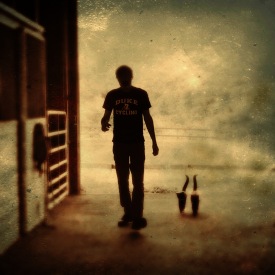
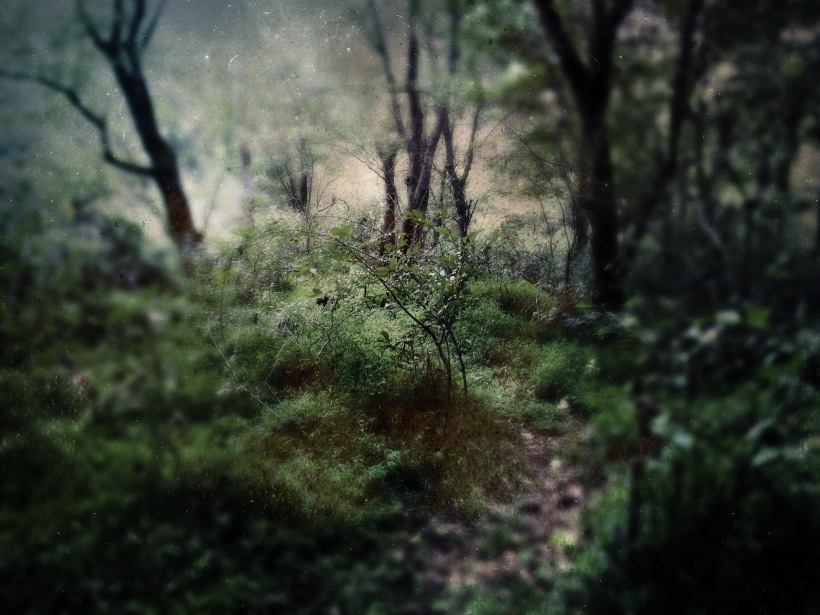

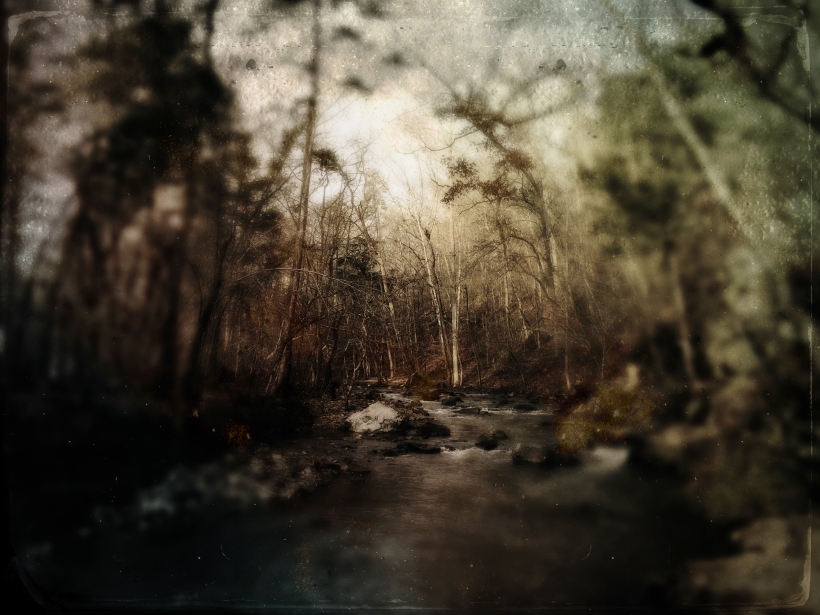
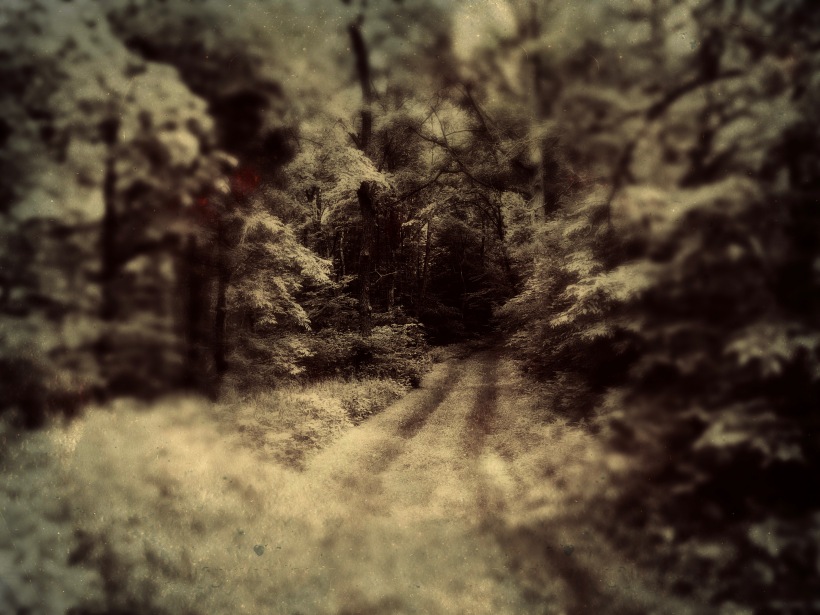
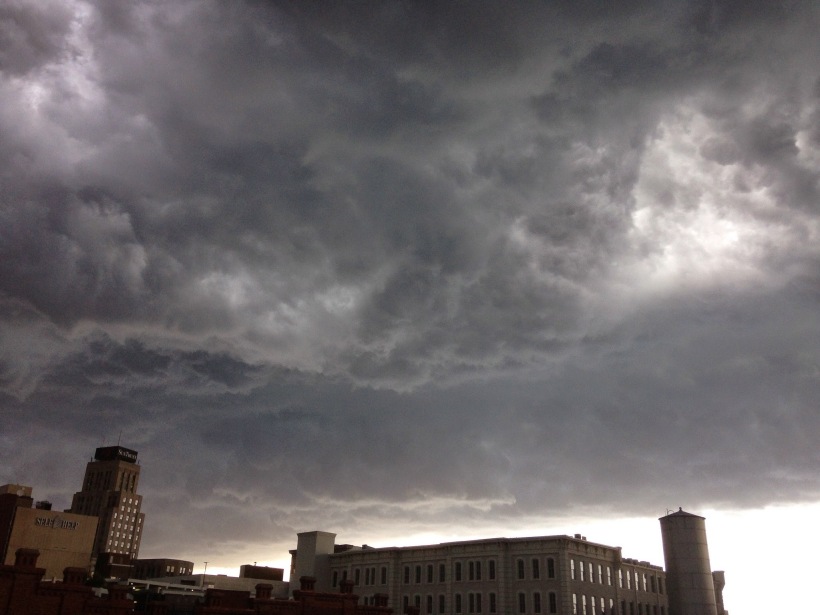
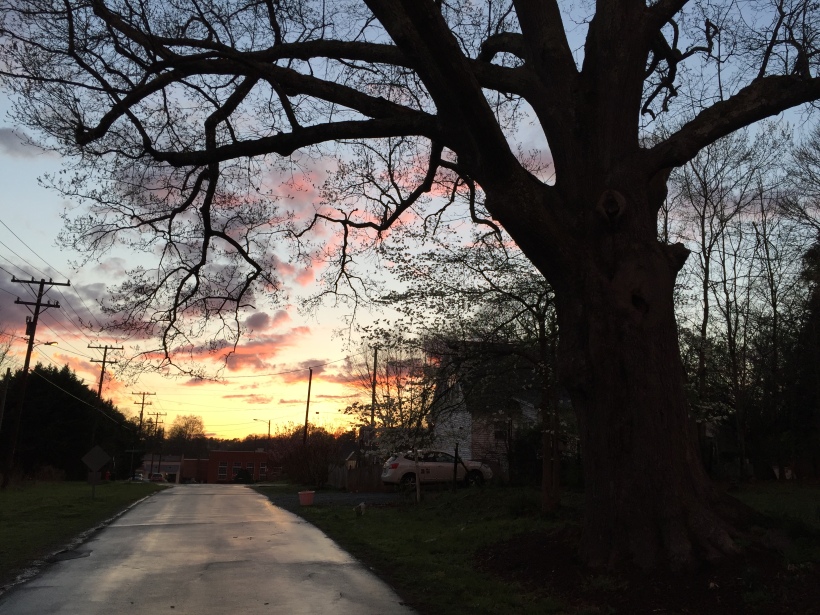
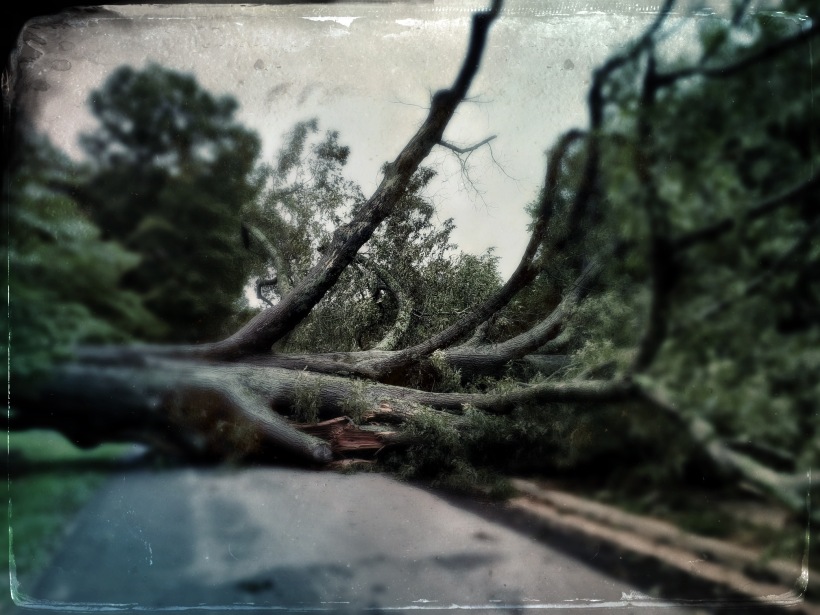
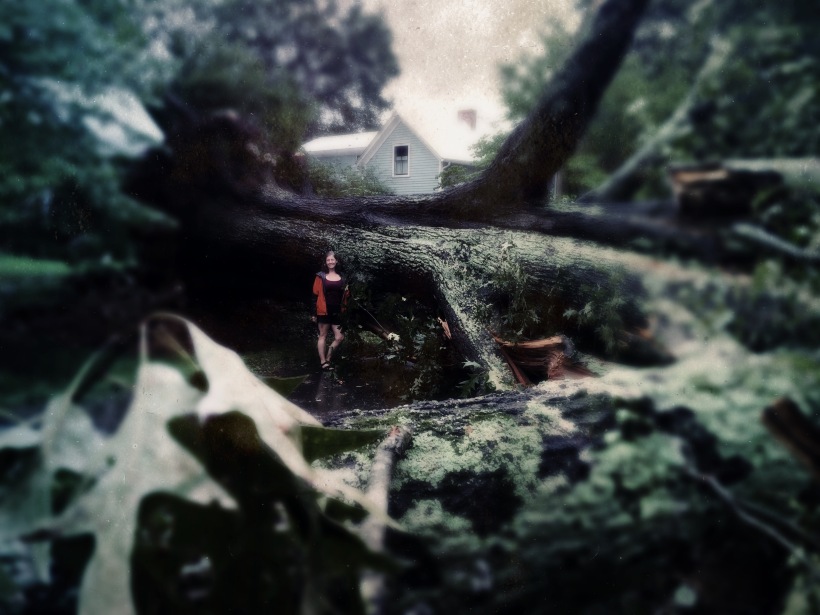
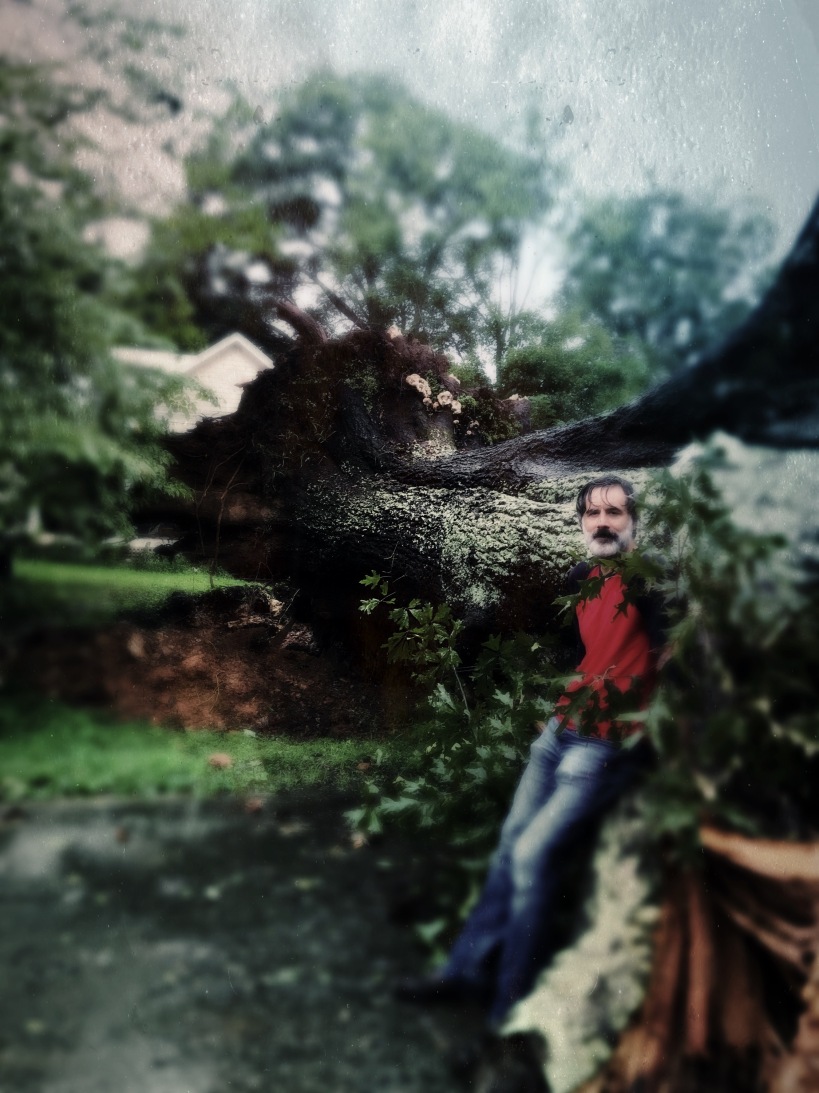
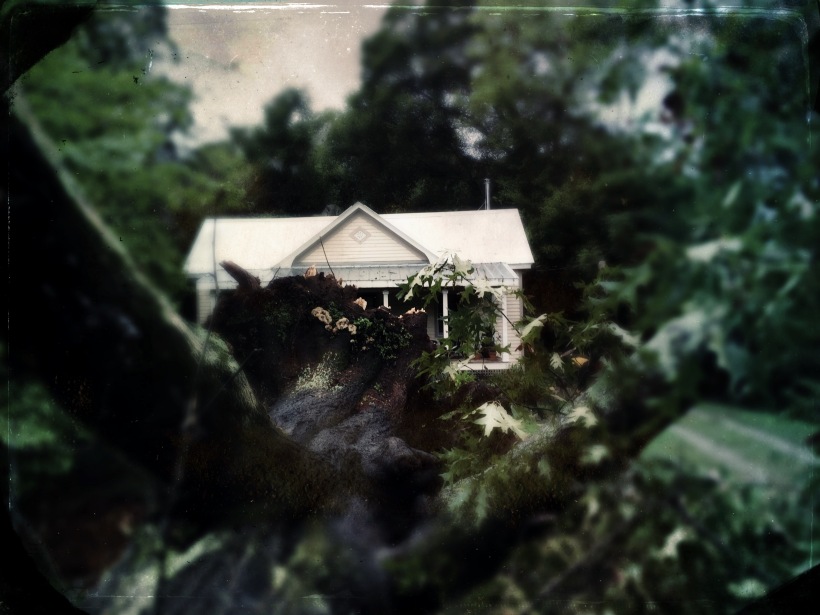
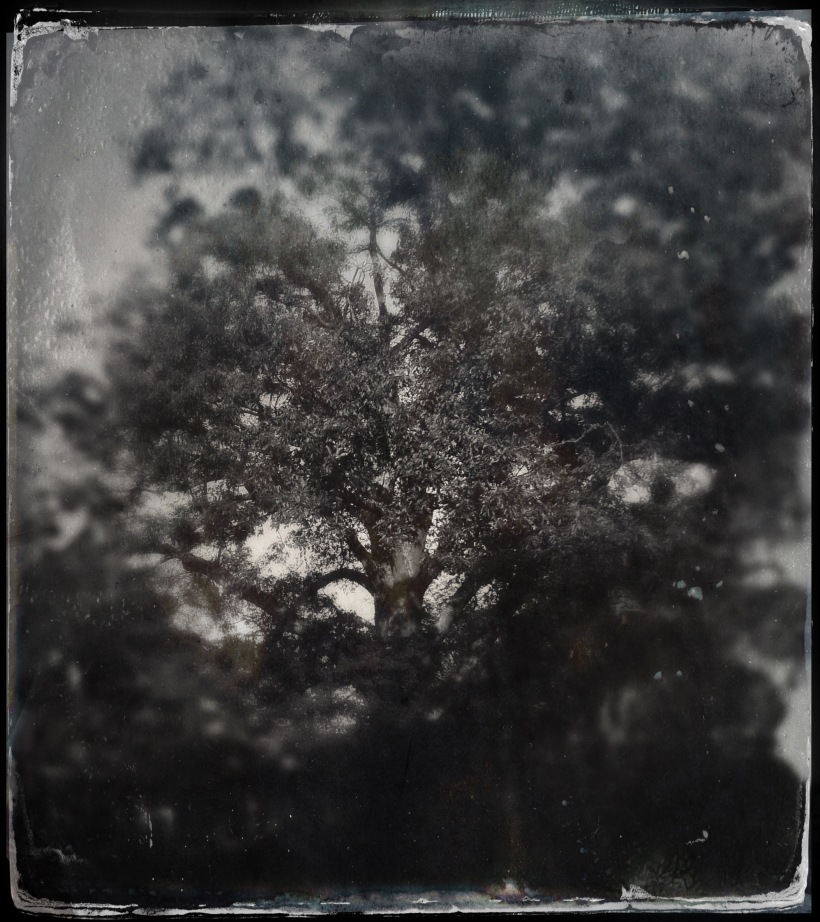
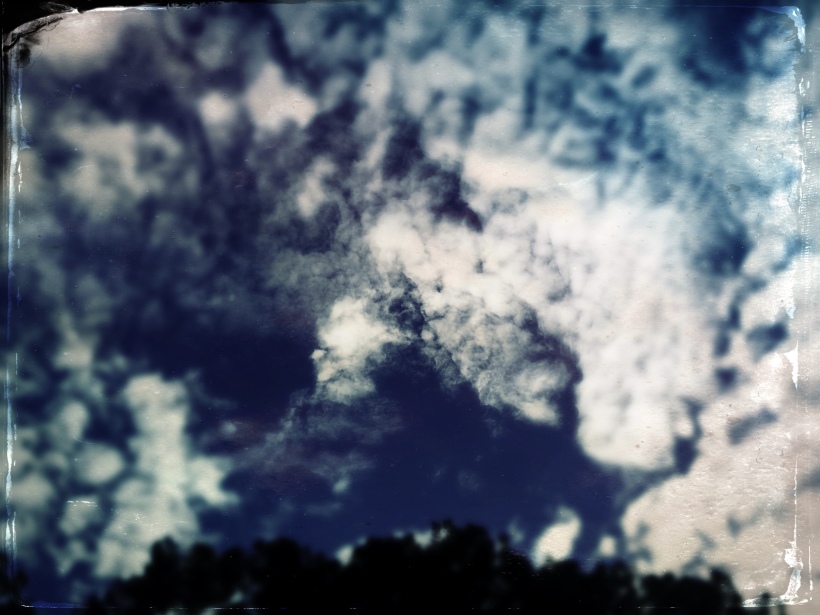
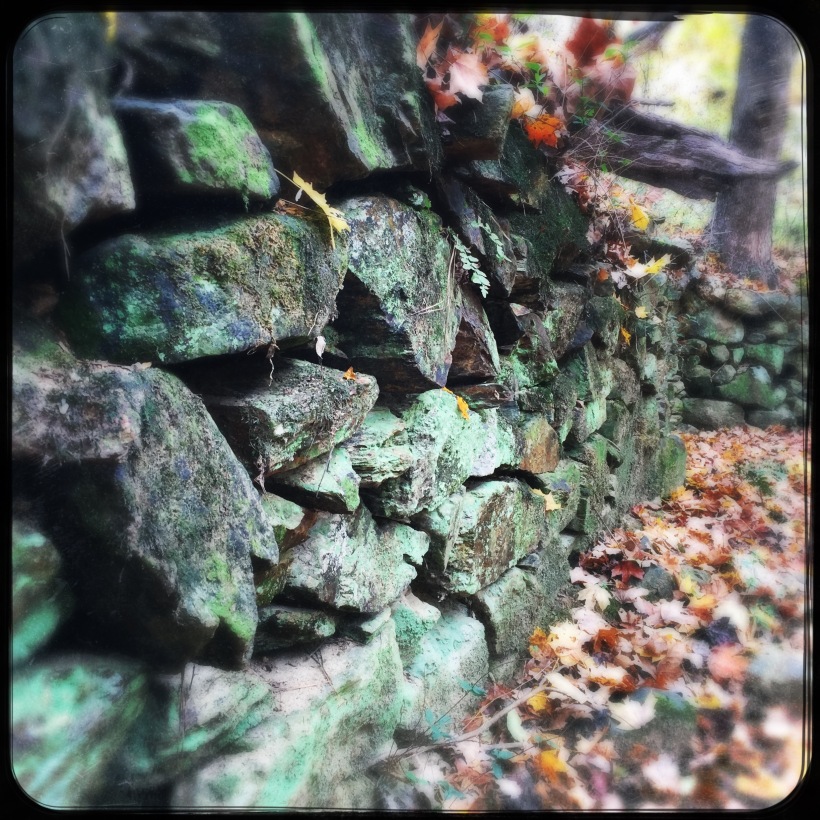 ONCE UPON A TIME, this rock foundation, set by a stream, was an idea in someone’s mind. Someone who needed to build a mill. There was digging, selecting, and stacking. Now, the mill and all its history are gone, and this collection of rocks is an idea in the mind of Nature, with different processes at work. What human mind can encompass those processes and truly appreciate their scale, scope, and beauty?
ONCE UPON A TIME, this rock foundation, set by a stream, was an idea in someone’s mind. Someone who needed to build a mill. There was digging, selecting, and stacking. Now, the mill and all its history are gone, and this collection of rocks is an idea in the mind of Nature, with different processes at work. What human mind can encompass those processes and truly appreciate their scale, scope, and beauty?